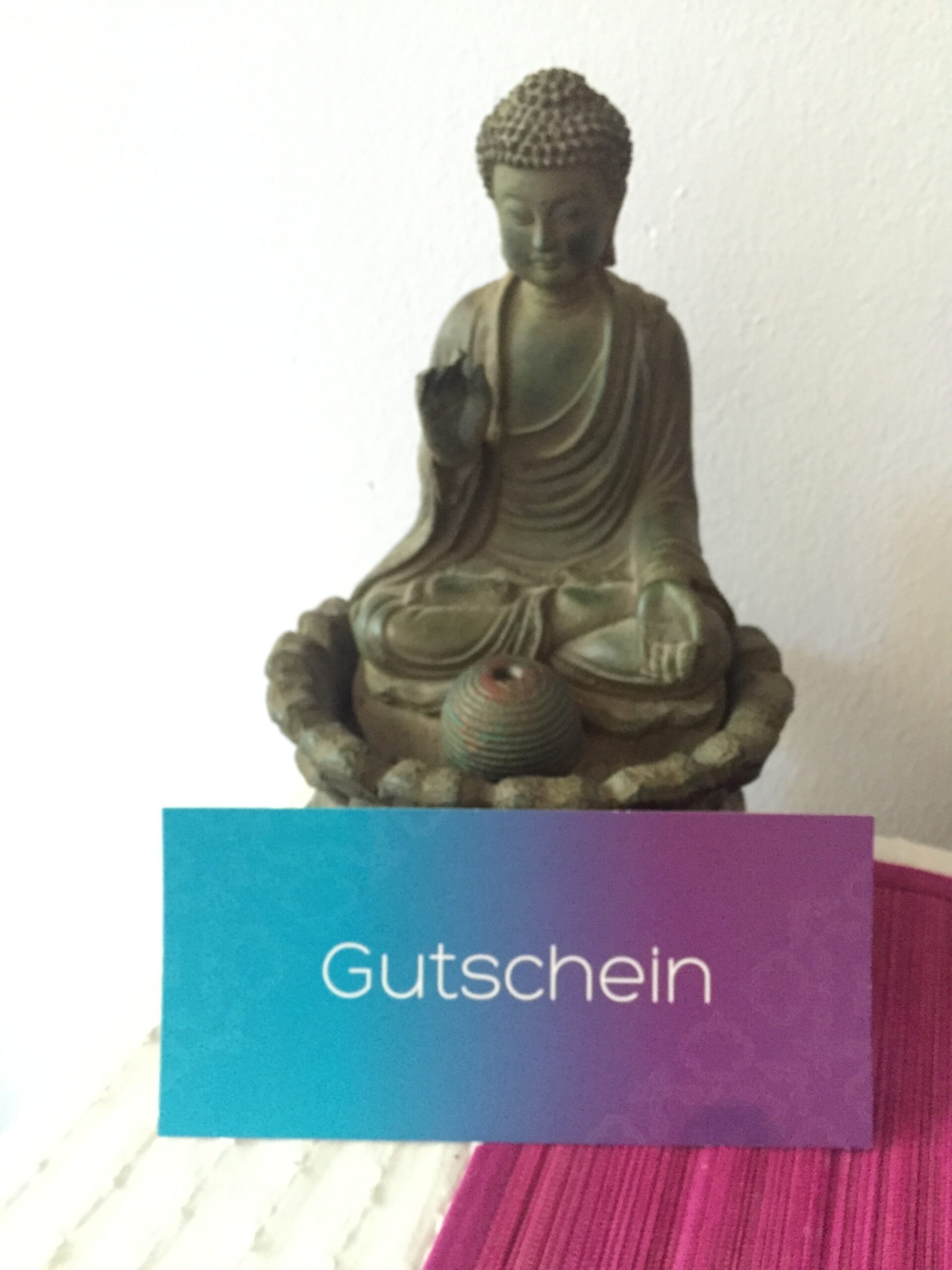Physical Therapy
The term physical therapy includes all treatments that are based on physical methods and use the body’s natural reactions to external stimuli.
This includes the use of massages, extensions, movement exercises as well as heat, cold, water applications and electrotherapy. They are primarily used for pain and functional restrictions in the musculoskeletal system.
Especially in orthopaedics and trauma surgery as well as in rheumatology, treatment measures of physical therapy are frequently used.
As a rule, the therapy measures are carried out according to a doctor’s prescription.
Heat Therapy: Mud Pack
Applied as a warm pack, the natural mud pack promotes blood circulation, contributes to muscle relaxation and has a metabolism-increasing as well as pain-relieving effect. It penetrates deep into the muscles via several layers and can have a lasting effect for up to four hours.
Ideal areas of application are back pain, muscle tension, sciatica, neuralgia, rheumatism and respiratory problems.
In this rest-period after a massage or body therapy, it can also optimise the previous treatment and ensure that the “stimuli” are well processed.
Cold Therapy: Ice
Cold therapy is the targeted use of cold to achieve a therapeutic effect. A distinction is made between long-term ice application, which primarily has a detonating effect (reduces muscle tension), and “short-term ice”, which has an activating effect and promotes circulation.
This local cold application by means of ice or cool pack serves to reduce swelling, relieve pain and inhibit inflammation.
Extension
Extension therapy, which is sometimes also called traction, is the treatment of arms, legs or the spine by means of precisely coordinated traction. Devices, belts or grip techniques are used for this purpose.
The aim is to relieve the affected joint, the intervertebral discs or compressed nerve roots.
Movement Exercises
Poor posture combined with little active movement can lead to shortening of muscles and periarticular soft tissues. This can lead to increased restriction of movement and possibly also to degenerative changes in the articular cartilage.
Passive and active movement exercises can counteract this cycle. Passive movement exercises include joint and limb movements performed with assistance without the patient’s own muscles being active. The aim of an active programme is to strengthen the muscles and also to increase general physical performance.
The exercise treatment as a targeted and controlled measure serves to stretch shortened muscle and tendon structures, as well as to strengthen muscles and improve the function of dysfunctional joints.
Note:
Movement Exercises do not replace Physiotherapy!
Ultrasound
Therapeutic ultrasound is a medical procedure to accelerate and support self-healing processes.
For treatment, a transducer is guided evenly over the diseased area covered with contact gel. The targeted penetration of sound waves into the deep layers of tissue creates a regional micro-massage and increase blood circulation there, which can stimulate the metabolism, relieve pain and promote healing.
Typical indications are myalgias, chronic muscle or tendon pain, arthrosis, scar/tissue adhesions and rheumatic diseases.
“Whether it’s a medical massage or a wellness treatment, Ms Heinl from ART OF TOUCH, with her wealth of experience, knows exactly what is needed in each situation.”

